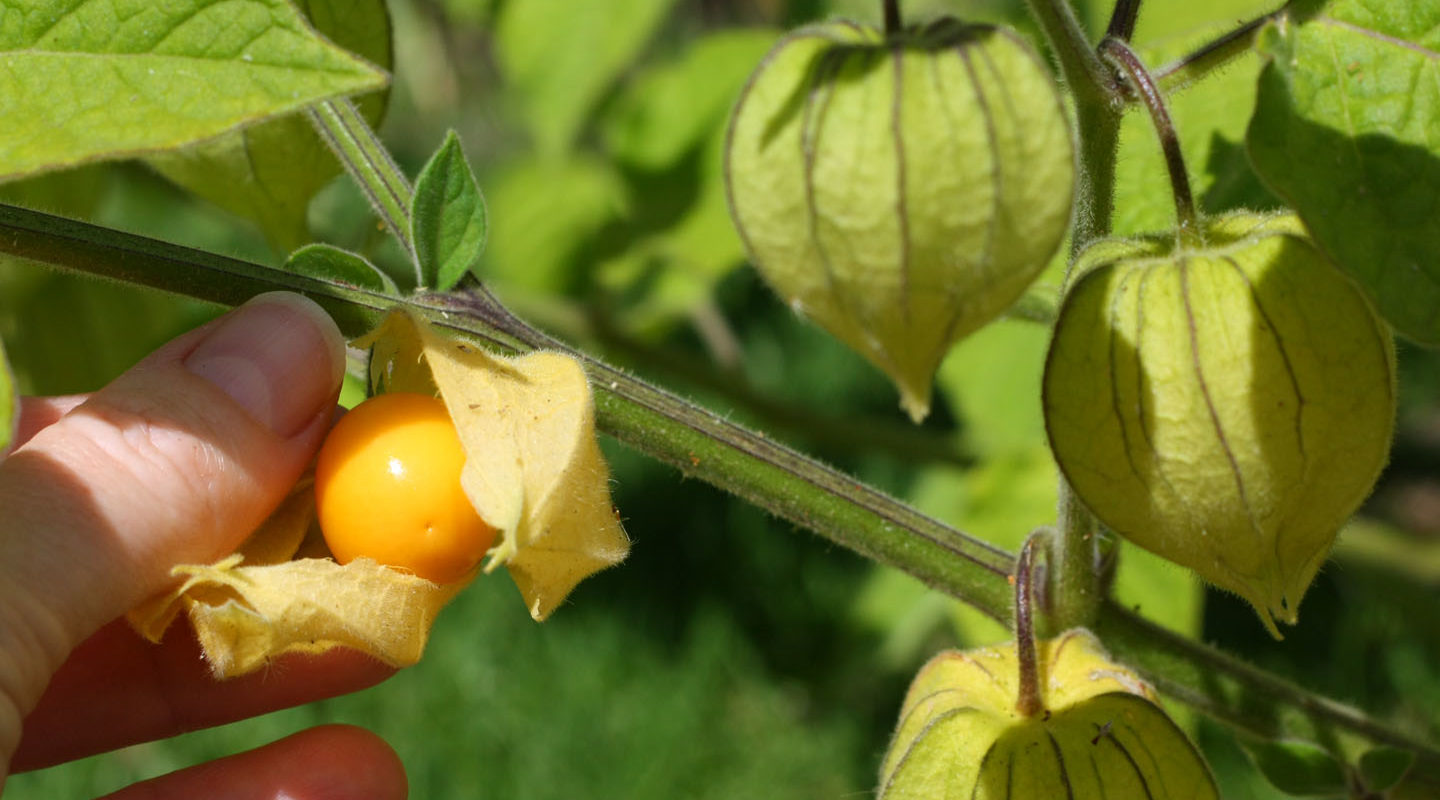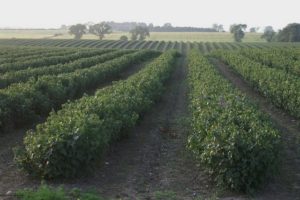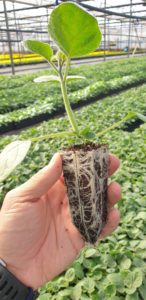Commercial Gooseberry Farming
Commercial gooseberry farming presents many opportunities for local farmers, especially those wishing
to diversify and add variety to their crop offering. This is because gooseberries are relatively easy to
cultivate, grow well in a wide variety of soils, Ph levels and climates, and require less financial
investment in both set up and operational costs than other berry farming and production.
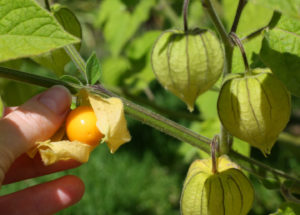
Furthermore, the demand for the Cape Gooseberry for both the local and export market has increased
thanks to the need for healthier alternatives to sugary snacks as well as a demand for firmer in culinary
dishes such as salads, sauces, drinks, desserts, jams and fresh snacks.
Nutritionally Cape Gooseberries are also high in Vitamin C, which has relevance during the current
Covid-19 pandemic and beyond as people continue to focus on building stronger immunity.
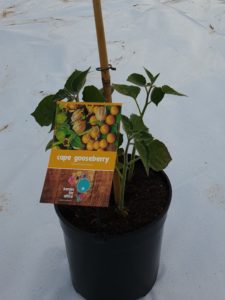
Not from the Cape
The Cape Gooseberry, also known as “appelliefie” in Afrikaans, derives its name from its husk-like
cape and not because it has any link to Cape Town or South Africa. The golden berries originated in
Peru, from where it spread to Columbia and subsequently to the rest of the world. The species should
not be confused with the English Gooseberry, which is a different species with no cape and is red,
green or yellow.
Fast growing for rapid returns
As mentioned, the initial investment and operational costs of gooseberry farming is much less expensive
compared to other berry production systems such as blackberry, raspberry or blueberry farming.
Another benefit is that the gooseberry is an exceptionally quick grower and can produce fruit within the
first 100 days after planting compared to other berries which normally only produce a sizeable crop in
the 2 nd or 3 rd year. This offers growers the potential for a rapid return on investment compared to other
fruit crops.
Yields are also good thanks to the milder climates in South Africa. Rather than one crop as is the case in
the northern hemisphere, local gooseberry farms can expect numerous fruit flushes throughout most of
the year making it possible to harvest the same orchard from October to around June in most areas in
the country. The result of this prolonged growing season is high yields with farmers producing 10 to 15 tons per hectare.
An orchard can have a plant density between 4000 and 6000 plants per Ha but this will depend on the
size of equipment used such as tractors, trolleys, quads etc. Most farmers space the plants 0.75m apart
in the rows with a row spacing between 2.2m and 2.8m.
Market value
Thanks to higher demand locally and internationally, the price of gooseberry fruit and products has
increased. Local markets such as the fresh produce markets, agents and chain stores pay between R60
and R160 per kg for the fresh fruit, whereas other gooseberry products such as the packaged dried fruit
can be as high as R945.00 per kg.
Ideal South African climate
South Africa’s climate is ideal for gooseberry growing and plants can be successfully grown almost
anywhere in the country where the minimum winter temperatures are above -4’C. Thanks to the plant’s
rapid growth, it recovers quickly from heavy frost to full production, however care should be taken
when planting young plants in such areas and it is advised to plant them in spring after the last frost.
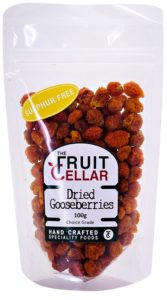
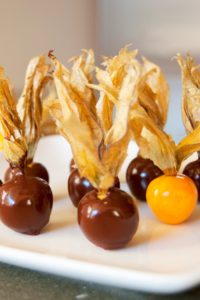
Super fruit
Cape gooseberries, unlike most other berries, have high levels of fat, making them carriers of fat-soluble
vitamins such as A, D, E and K. The ripe fruits also have a good concentration of beta-carotene, calcium,
copper, magnesium, manganese, iron, phosphorus, potassium, bioflavonoids, protein and fibre.
The berries and or leaves are also believed to have anti-inflammatory properties, ease digestion,
promote weight loss and help to control diabetes as well as high blood pressure.
Market leader
Berries For Africa specialises in growing berry plants and currently grow and supply more than 20 types
including the Cape Gooseberry (Physalis Peruviana). The plants are supplied as hardened seedlings
(plugs) and are inoculated with natural (organic) products containing four strains of Arbuscular
Mycorrhizal Fungi (AMF) and 5 strains of Trichoderma to protect the roots from various diseases and to
boost the uptake of certain nutrients such a phosphates and zinc for quick root development and plant
establishment. These hardened gooseberry plugs can produce fruit within 3 months after planting.
Berries For Africa also supply Cape Gooseberry plants in 3L shrub pot option which is ideal for smaller
quantities.
The plugs are packed in a box of up to 200 per box and can easily be shipped locally or exported if
needed. The larger 3L plants can be packed in a 45cm x 45cm x50cm (h) box containing up to 6 plants.
Berries For Africa can also assist in connecting new growers to both local and international markets and
agents.
Shipping & Collections
We ship both locally (in South Africa, door-door) and globally (air freight)
Berries For Africa can assist with phytosanitary certification for counties that require certification for export permits.
Collections are welcome at Berries For Africa, Pretoria.

For more details on Gooseberry growing, farming, the nutritional value, caring for plants and other
information visit website at Berries For Africa or email us at: info@berriesforafrica.co.za


